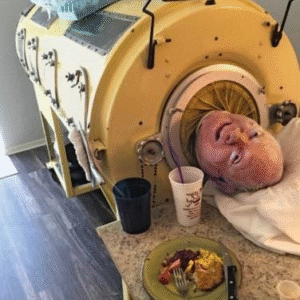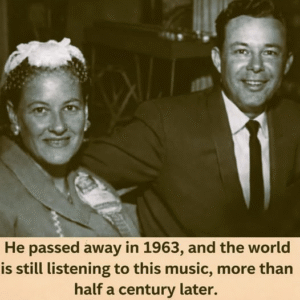Why Backing into Parking Spaces Is Not Ideal
Backing into parking spaces poses several risks. First, it can be tough to gauge the size of the space and ensure you have enough room to reverse safely. Additionally, you might overlook something in your rear cross-traffic alerts, increasing the chance of a collision. Despite advanced safety technology, reversing into tight spots remains error-prone. Furthermore, this maneuver can frustrate other drivers who must wait while you carefully navigate your way into the space, especially in busy lots. In fact, some places have made backing in illegal due to these risks. While it may seem like the best option, many drivers lack the skills needed for this technique.
The Dangers of Backing Into Spaces
Drivers must stay aware of their surroundings when backing into a parking space. This caution is especially crucial in high-traffic areas or busy parking lots. Without rear cameras or alert technology, maneuvering can be challenging. Newer vehicles may have view cameras, but not all cars offer this feature.
Backing up poses safety hazards. Many drivers lack the necessary skills, making collisions more likely with other vehicles or pedestrians. This increases the risk of serious injuries for both drivers and pedestrians.
Annoyance for Other Drivers
Backing into a space can also inconvenience others. When a driver occupies more than one stall, it disrupts the flow of traffic. In tight lots, there often isn’t enough room to back in safely. Moreover, even skilled reverse parkers take longer to back in than to pull straight into a space.
The convenience of backing in doesn’t outweigh the risks of collision or vehicle damage. Pulling forward into parking spots benefits everyone, ensuring all vehicles park correctly and reducing potential risks for both drivers and pedestrians.
Why You Should Avoid Backing In
There are several reasons to avoid backing into spaces. First, this maneuver can hinder your view of your surroundings, putting you and others at risk. Pulling forward into a space offers better visibility and enhances safety. Second, larger vehicles may struggle to back in due to size and position relative to other cars.
Pulling forward is often simpler, providing more room for maneuvering and minimizing errors when exiting the space. Lastly, even if drivers prefer backing in, they should avoid it in areas with limited lanes or tight spaces.
The Risks of Backing In
Backing into spaces can be dangerous. For instance, a driver backing a large SUV might not see the vehicle’s front wheels due to tinted glass or other obstacles. This oversight could lead to collisions with other cars or objects. Furthermore, traffic in parking lots can be unpredictable, and drivers may struggle to control their vehicles when backing up.





